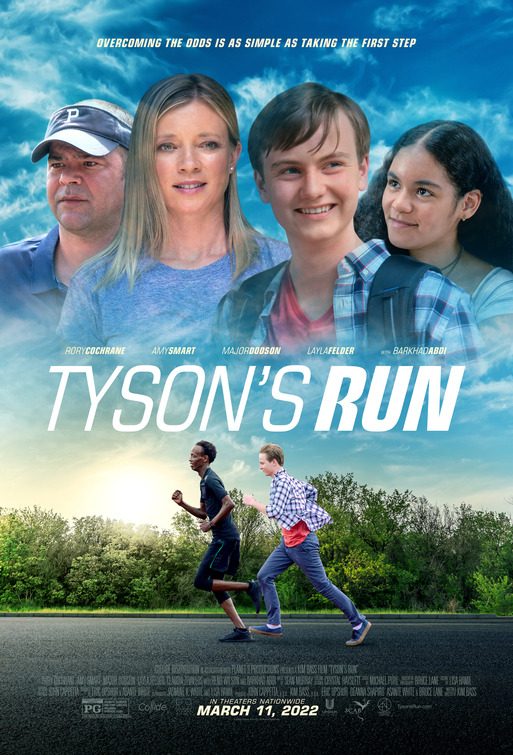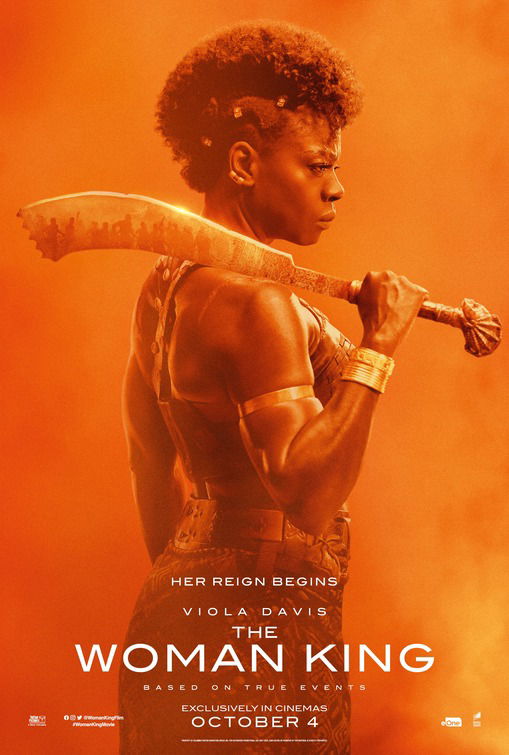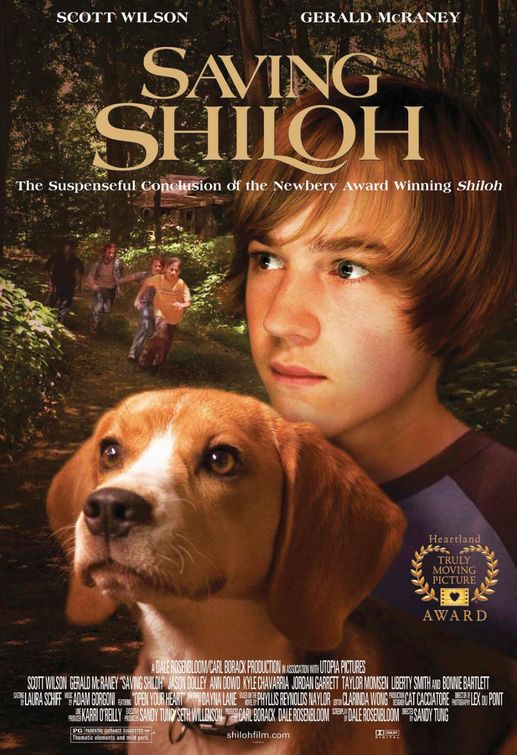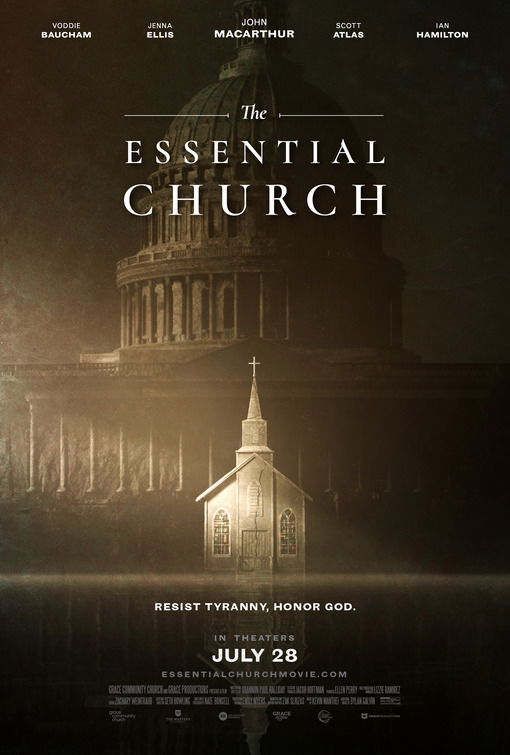"False, Bloody Revisionist History"

| None | Light | Moderate | Heavy | |
|---|---|---|---|---|
| Language | ||||
| Violence | ||||
| Sex | ||||
| Nudity |
What You Need To Know:
THE WOMAN KING has some impressive production values and solid performances. However, the movie whitewashes the Kingdom of Dahomey, its people and King Ghezo. In reality, Dahomey and Ghezo were very much involved in the international slave trade. Ghezo also engaged in ceremonial human sacrifices and used his female warriors to go into the interior to hunt for captives to be sold as slaves. THE WOMAN KING has an extremely strong Romantic, politically correct worldview with false, leftist revisionist history. Its revisionist history contains lots of bloody war violence that will repel or disturb many viewers.
Content:
More Detail:
THE WOMAN KING is a fictionalized historical epic about the female warriors that King Ghezo of the coastal West African Kingdom of Dahomey used to defeat the African Kingdom of Oyo in 1823, which was supported by Portuguese slave traders. Filled with bloody, though not gory, war violence, THE WOMAN KING has some impressive production values and solid performances, but the movie whitewashes the depiction of Dahomey and King Ghezo, who actually was very involved in the international slave trade, engaged in ceremonial human sacrifices and used his female warriors to go into the interior to hunt for captives to be sold as slaves.
The movie opens by telling viewers that members of the Oyo Empire near the West Coast of Africa are starting to invade the Kingdom of Dahomey ruled by a King Ghezo in 1823. A note on the screen also informs viewers that Dahomey has a fearsome group of female warriors called the Agojie.
Cut to some female warriors, led by “General” Nanisca, attacking a village of the Mali people, who have joined with the Oyo army. The warriors are trying to free some Oyo captives being held by the village. They succeed in killing all the male soldiers and setting the captives free.
Back in the capital city, the captives are given the choice to join the female warriors. Some do and some don’t. They must live in a separate compound, however, attached to the palace of the King Ghezo, who has many wives. The movie doesn’t mention this fact, but the King of Dahomey sometimes would take some of the warriors for his wives.
Meanwhile, in another part of the city, a 19-year-old young woman named Nawi refuses her father’s command to marry an older man, who clearly likes to abuse his wives. As was the custom, Nawi’s father decides to give his “uncontrollable” daughter to the King. In the warrior compound, Nawi decides she’d like to be one of the female warriors.
Nawi becomes friends with the other female soldiers, including one of the older experienced leaders, who becomes Nawi’s mentor. However, Nawi has problems always obeying orders, so General Nanisca keeps her eyes on Nawi.
Dahomey takes part in the international slave trade, mostly through a nearby port’s connection to Portugal’s slave trade to Brazil and other parts of the New World. Also, because of past conflicts that didn’t turn out so well, Dahomey must pay tribute to the Oyo Empire. King Ghezo decides he’s had enough of this situation. Also, General Nanisca tries to convince King Ghezo that they should stop participating in the slave trade anyway and harvest palm oil to sell to Portugal instead.
Eventually, because of King Ghezo’s breaking of the “treaty” with the Oyo Empire, the local Oyo chieftain sends an army to invade the Dahomey capital. However, General Nanisco has some surprises planned for them.
Meanwhile, Nawi has become friends with the mixed-race son of a female slave who’s come with the Portuguese slave traders to see his mother’s homeland. Nawi also has a secret past that connects her to General Nanisco, who’s played by Oscar-winning actress Viola Davis.
THE WOMAN KING has some accurate historical depictions of Dahomey and its female warriors. Also, its general depiction of Dahomey’s fight with the Oyo Empire, which was in decline at the time of the story, is historically correct. However, the movie whitewashes the people of Dahomey, especially King Ghezo, who were heavily involved in the international slave trade. Dahomey’s participation in that slave trade mostly involved the slave trade that Portugal instituted between Dahomey and its colony in Brazil (historically, Brazil imported many more African slaves than the West Indies and America did; it also was the last country in the West to abolish slavery, in 1888).
Many articles on the Internet detail evidence of King Ghezo’s promotion and participation in the international slave trade. Among the most striking, informative articles, however, are these two articles: https://neusroom.com/king-gezo-of-dahomey-west-africas-most-notorious-slave-trading-monarch-who-had-an-all-female-army/ and https://appsaf.apieproject.com/news/2022/08/05/the-kingdom-of-dahomey-seat-of-the-slave-trade/. The first article even details how Ghezo and his son and successor engaged in ceremonial sacrifices of hundreds of slaves and war captives. Human sacrifice was a common practice in Dahomey before Britain put an end to the slave trade in the 1850s. Of course, human sacrifice was also a widespread practice in many African tribes historically, from Uganda to Zambia and Nigeria. Also, before the Europeans even arrived en masse in Africa, African tribes were engaging in slavery, including making war captives slaves. In addition, Muslims were heavily involved in the slave trade, beginning in Northern and Eastern Africa in the Eighth and Ninth Centuries. African Muslims started controlling the Oyo Empire by the 1820s.
Despite all this actual history, the title character in THE WOMAN KING ends up blaming the Europeans and even “the Americans” for keeping the slave trade going. Also, by the end of the movie, she appears to be convincing King Ghezo to abandon the slave trade and switch to exporting palm oil. The big switch from slave trading to exporting palm oil in Dahomey didn’t really happen until after Britain ended the slave trade in the early 1850s, however.
It should also be noted that, according to legend, the formation of the female warriors in Dahomey didn’t happen until about 1708 when a woman named Hangbe became Queen after the death of her twin brother. She was declared Queen and ruler because she allegedly led some battles after his sudden death and because two of her other brothers were deemed too young to ascend the throne. A succession for one of the two other brothers was planned, but Queen Hangbe allegedly backed the losing candidate, so the winner unceremoniously deposed her. Descendants of Dahomey’s female warriors still venerate Queen Hangbe. Be that as it may, unlike the movie, it’s extremely unlikely, given this legend, that King Ghezo would ever have named his main consort the “Woman King.” MOVIEGUIDE® couldn’t find any historical records of either thing, despite combing through numerous articles, including several encyclopedia references.
During the movie, the characters connect the movie’s creation of a King and Queen to a creation myth that the people of Dahomey believed at the time. The religion, which was called Vodun and is the precursor of the voodoo religion practiced in places like Haiti and Louisiana, tells of a god and goddess named Lisa and Mawu, who were put in charge of Creation by a supreme being, a female god named Nana Buluku who “retired.” The children of the supreme being are sometimes combined into an androgynous male-female god named Mawu-Lisa. However, although this cultural history lends some possible credence to the movie’s depiction of a male and female ruler for Dahomey, historically the Kingdom of Dahomey was a male-dominated society where Kings, not Queens, are given the supreme power. It is said, though, that Queen Hangbe’s younger brother, who ended her reign, eliminated all references to her rule from the Kingdom’s official records.
Ultimately, THE WOMAN KING has an extremely strong Romantic, politically correct worldview with lots of false, leftist revisionist history. It totally absolves Africans of their guilt for participating in the international slave trade. Not only that, but it also doesn’t even mention the participation and spread of the slave trade by converted Muslims in Africa. The movie also has plenty of false religion and occult references to polytheism and occult ancestor worship, including mystical venerations of heroines who died fighting for their country/kingdom.
Finally, the revisionist history in THE WOMAN KING contains lots of bloody war violence that will repel or disturb some or many moviegoers, specially more sensitive ones. Though there are no gruesome visual decapitations or slicing off of limbs, the movie does imply they occur. Also, the female warriors are shown chopping off the heads of dummies made of straw or rope during several training scenes.
Bottom Line: THE WOMAN KING is a story based on leftist lies about Africa and Europe, with a brief but evil, gratuitous slander against “Americans.” It’s certainly true that most people in Europe, America, the West Indies, and South America, including people living in the non-slave states of the United States, should have rose up against the evils of slavery long before the U.S. Constitution and the Republican Party put an end to the slave trade and slavery in America and before Britain stopped the international slave trade in the early 1850s. However, the same can be said for black people in Africa, including African Muslims. What’s even worse about THE WOMAN KING is that it doesn’t even mention the practice of human sacrifice that apparently was a big part of the Kingdom of Dahomey’s culture before Europeans put an end to such wicked practices in the mid to late 1800s.
It’s one thing to rearrange some historical details to make a story flow better, in a more exciting manner. However, it’s quite another to falsify historical facts or create false straw man arguments to fit a controversial sociopolitical agenda or to whitewash a group or “race” of people so you can demonize another group or “race” of people. In that light, descendants of the people of the Oyo Empire in Africa might have a special grievance or two against THE WOMAN KING since the movie depicts their ancestors to be in cahoots with the European slave traders while it absolves King Ghezo and Dahomey.



 - Content:
- Content: 



